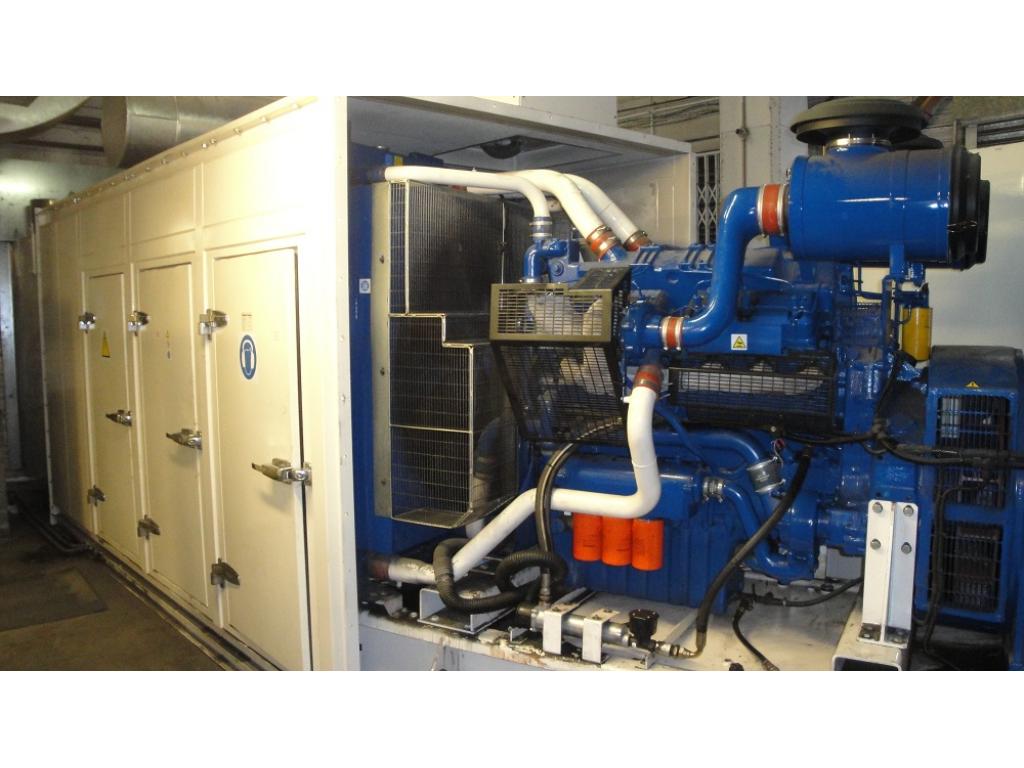Diesel engine technology has advanced by seeming light-years over the last decade or so. The days of sulfur-laden black sooty diesel smoke spewing out engines have all but disappeared. Though diesel has always been very fuel efficient, stringent EU emissions laws and expectations of performance by the car buying public have forced developments that have taken the lowly diesel to clean air and economic powerhouse champions.
The Old Way: Mechanical indirect-injection
Early generations of diesel relied on a simple and effective yet not altogether efficient and accurate method of distributing fuel to the engine’s combustion chambers. The fuel pump and injectors were completely mechanical and through precision machined and ruggedly built, the working pressure of the fuel system was not sufficiently high enough to render a sustained and well-defined spray pattern of fuel. And in these old mechanical indirect systems, the pump had to do double duty of not only supplying fuel system pressure but also acting as the timing and delivery device (pump pressure forced the mechanical injectors to open). Additionally, these elementary systems relied on simple mechanical inputs (there were no electronics yet) such as fuel pump RPMs and throttle position to meter their fuel delivery.
Subsequently, they often delivered a shot of fuel with a poor and ill-defined spray pattern that was either too rich (most often) or too lean that resulted in either a rich belch of sooty black smoke or insufficient power or a struggling vehicle. To make matters worse the low-pressure fuel had to be injected into a pre-chamber before it could be fed into the main combustion chamber to do its work, hence the term indirect-injection. And if the engine was cold and the outside air was cold then things could really get lethargic. Though the engines had glow plugs to help them start, it would take several minutes of running time before they were sufficiently heat soaked to allow smooth running. On standby generators, the correct operation of any water jacket heater is paramount to the engine getting up to speed after a prolonged period of rest and being able to accept load quickly.
Why such a bulky multi-stage process? And why so much trouble with cold temperatures? The main reason is the nature of the diesel process and the limitations of early diesel technology. Unlike petrol engines, diesel has no spark plugs to ignite their fuel mixture–they depend on heat generated by the intense compression of air in the cylinders to ignite the fuel when it’s sprayed into the combustion chamber. And when cold they need the assistance of glow plugs to bolster the heating process. Since there is no spark to initiate combustion, the fuel must be introduced to the heat as an extremely fine mist in order to properly ignite.
The New Way: Electronic Common Rail Direct Injection (CRD)
Modern diesel owes their resurgence in popularity to the advances in fuel delivery and engine management systems that allow the engines to return power, performance, and emissions equivalent to their petrol counterparts while simultaneously producing superior fuel economy.
It’s the high-pressure fuel rail and the computer controlled electronic injectors that make all the difference. In the common rail system, the fuel pump charges the fuel rail at a pressure of up to 25,000 psi–but unlike indirect injection pumps–it is not involved in fuel discharge. Under the control of the computer, the fuel quantity and pressure accumulates in the rail independently of engine speed and load.
Each fuel injector is mounted directly above the piston within the cylinder head (there is no pre-chamber) and is connected to the fuel rail by rigid steel lines that can withstand high pressure. This high pressure allows for a very fine injector orifice that completely atomizes the fuel and precludes the need for a pre-chamber. The actuation of the injectors comes via a stack of Piezoelectric crystal wafers that move the jet needle in tiny increments allowing the spray of fuel. Piezo crystals function by expanding rapidly when an electric charge is applied to them. Like the fuel pump, the injectors are also controlled by the engine computer and can be fired in rapid succession several times during the injection cycle. With this precise control over injector firings, smaller staggering quantities of fuel delivery can be timed over the course of the power stroke to promote complete and accurate combustion. In addition to timing control, the short duration high-pressure injections allow a finer and more accurate spray pattern that also supports better and more complete atomization and combustion.
Through these developments and improvements, the modern common rail direct injection diesel engine is quieter, more fuel efficient, cleaner, and more powerful than the indirect mechanical injection units they have replaced. So regardless of what type of engine your generator has, REALPOWER understands what’s required in keeping it maintained to its optimum condition and ensuring that it always performs reliably and efficiently.


